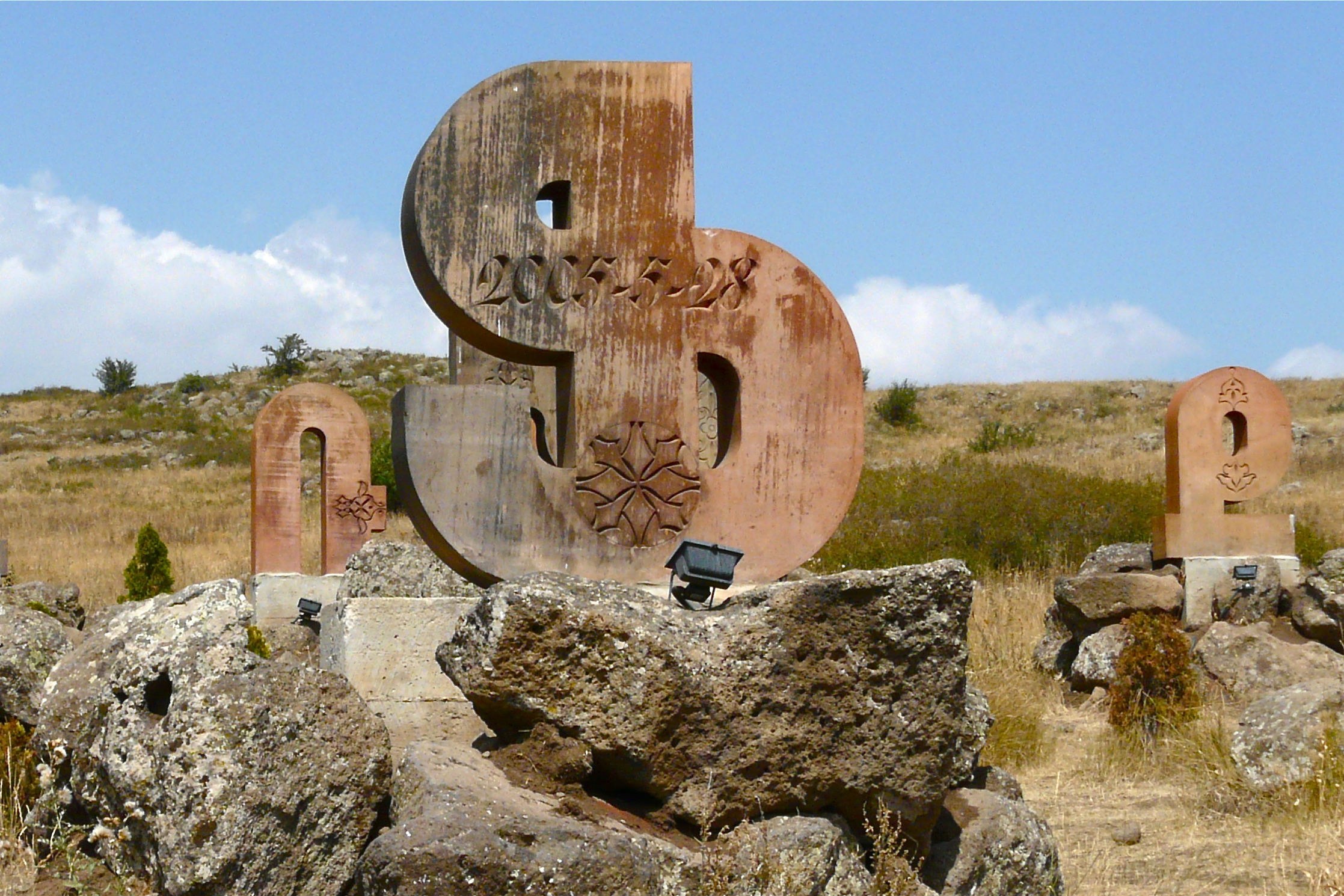World Endangered Writing Day: January 23rd, 2024
World Endangered Writing Day was born out of a suggestion by David Crystal, the author of The Cambridge Encyclopedia of Language, and many other books on language topics.
He was reading through the manuscript of my new book Writing Beyond Writing: Lessons from Endangered Alphabets, and came to the passage where I say that in traditional Balinese culture one day a year, the day consecrated to Saraswati, the goddess of wisdom, Balinese revere their books, and writing itself.
Nothing written may be destroyed, or even a letter crossed out. Each household takes out its books (which in Balinese tradition are oblong pages of palm leaf, written on with a stylus and then bound between wooden slats), dusts them off, … ↪






